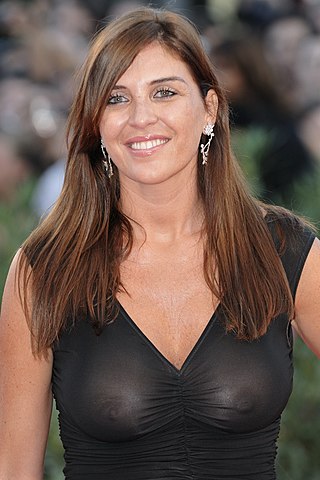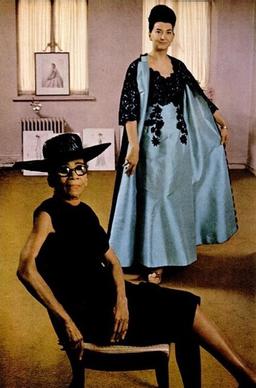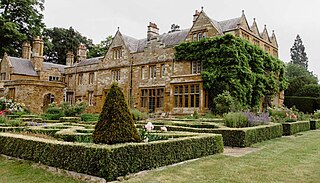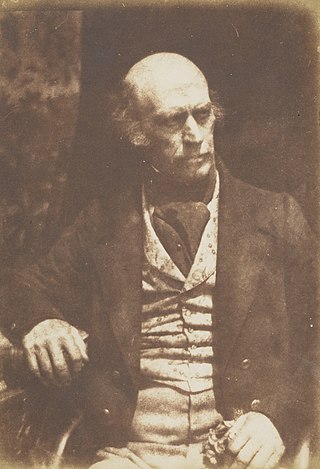
Chapel Brampton is a village and former civil parish now in the parish of Church with Chapel Brampton, in the West Northamptonshire district, in the ceremonial county of Northamptonshire, England. Together with nearby Church Brampton, it is known as The Bramptons. At the time of the 2001 census, Chapel Brampton parish's population was 470 people. On 1 April 2009 the parish was abolished and merged with Church Brampton to form "Church with Chapel Brampton".

Fashion in the period 1550–1600 in European clothing was characterized by increased opulence. Contrasting fabrics, slashes, embroidery, applied trims, and other forms of surface ornamentation remained prominent. The wide silhouette, conical for women with breadth at the hips and broadly square for men with width at the shoulders had reached its peak in the 1530s, and by mid-century a tall, narrow line with a V-lined waist was back in fashion. Sleeves and women's skirts then began to widen again, with emphasis at the shoulder that would continue into the next century. The characteristic garment of the period was the ruff, which began as a modest ruffle attached to the neckband of a shirt or smock and grew into a separate garment of fine linen, trimmed with lace, cutwork or embroidery, and shaped into crisp, precise folds with starch and heated irons.

Jean Dessès was a world leading fashion designer in the 1940s, 1950s and 1960s. His designs reflected the influences of his travels, specializing in creating draped evening gowns in chiffon and mousseline, based on early Greek and Egyptian robes.

See-through clothing is any garment of clothing made with lace, mesh or sheer fabric that allows the wearer's body or undergarments to be seen through its fabric. See-through fabrics were fashionable in Europe in the eighteenth century. There was a "sheer fashion trend" starting with designer clothing from 2008. See-through or sheer fabric, particularly in skintone colours, is sometimes called illusion, as in 'illusion bodice' due to giving the impression of exposed flesh, or a revealing ensemble.

The French hood is a type of woman's headgear that was popular in Western Europe in the 16th century.

Ann Cole Lowe was an American fashion designer. Best known for designing the ivory silk taffeta wedding dress worn by Jacqueline Bouvier when she married John F. Kennedy in 1953, she was the first African American to become a noted fashion designer. Lowe's designs were popular among upper class women for five decades from the 1920s through the 1960s.
Sir John Markham was an English judge and Chief Justice of the King's Bench.

Sedgebrook is an English village and civil parish in the South Kesteven district of Lincolnshire. It lies on the A52 road, 6 miles (9.7 km) west of Grantham. Its population, given as 372 in 2001, fell by the 2011 census to 355, and was estimated to be 347 in 2019.

Clan Crawford is a Scottish clan of the Scottish Lowlands. The clan is of Scandinavian and Anglo-Saxon origin. There was in the early 18th century a mistaken belief that the clan had Norman origins. While historically recognised as a clan by the Court of the Lord Lyon, it is now an armigerous clan as it no longer has a chief. The last chief was Hugh Ronald George Craufurd, who sold his land and moved to Canada in 1904. He died in Calgary in 1942, leaving no male heirs.

Walton Hall is a country house in Walton, Warrington, Cheshire, England. It is recorded in the National Heritage List for England as a designated Grade II listed building. The hall and its surrounding garden and grounds are owned and administered by Warrington Borough Council.

Giffordland is in North Ayrshire, Parish of Dalry (Cunninghame) in the former Region of Strathclyde, Scotland.

The wedding of Prince Albert, Duke of York and Lady Elizabeth Bowes-Lyon took place on 26 April 1923 at Westminster Abbey. The bride was a member of the Bowes-Lyon family, while the groom was the second son of King George V.

The wedding dress worn by Catherine Middleton at her wedding to Prince William on 29 April 2011 was designed by English designer Sarah Burton, creative director of the luxury fashion house Alexander McQueen.

Lady Diana Spencer's bridal gown was an ivory silk taffeta and antique lace gown, with a 25-foot (7.6 m) train and a 153 yards (140 m) tulle veil, valued then at £9,000. It was worn at Diana's wedding to Charles, Prince of Wales in 1981 at St Paul's Cathedral. It became one of the most famous dresses in the world, and was considered one of the most closely guarded secrets in fashion history.

Arthur Mulliner was the 20th century name of a coachbuilding business founded in Northampton in 1760 which remained in family ownership. The business was acquired by Henlys Limited in 1940 and lost its separate identity.

Oakmere House is a public house and restaurant in Potters Bar, England, and a grade II listed building with Historic England. The pub is under the management of the Harvester company. The rear of the building faces onto Oakmere Park. The L31 German Zeppelin fell on an old oak tree in the grounds of Oakmere Park after being shot down by Lieutenant Wulstan Tempest on 1 October 1916. His small plane was slightly damaged on landing back at his base, and he suffered a few injuries. He went next day to Oakere Park, Potters Bar, see what he had done the night before! This famous zeppelin was captained by the German hero of the time, Heinrich Mathy. He and his 18-man crew were all killed, and buried in the Potters Bar cemetery until their bodies were transferred to Cannock Chase many years later. The Potters Bar Museum has a section devoted to this important incident in the aerial battles over England. After the death of Mathy, zeppelin raids decreased.
Bridget Markham (1579–1609), was a courtier to Anne of Denmark and subject of poems.

Sir James Harington, 1st Baronet (1542–1613/4) of Ridlington, Rutland, was an English politician.

Flore House in Flore, Northamptonshire, is a country house of historical significance and is Grade II listed on the English Heritage Register. It was built in 1608 for the Enyon family and was the residence of notable people over the next four centuries. Today it provides guest accommodation and caters for special events including weddings.

William Houison Craufurd sometimes spelled William Howieson Craufurd was a landed country gentleman. He was a Deputy-Lieutenant of the County of Ayr, Justice of the Peace, and Commissioner of Supply. After several years as an elder in the Church of Scotland, he left at the Disruption and joined the Free Church of Scotland. He was photographed by Hill & Adamson, pioneering photographers, who recorded many Free Church ministers and leaders.





















